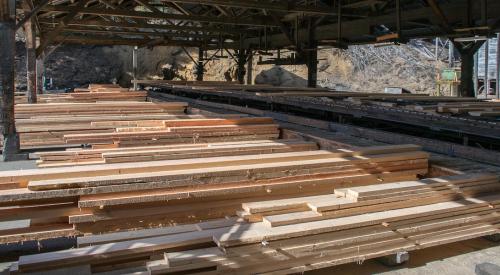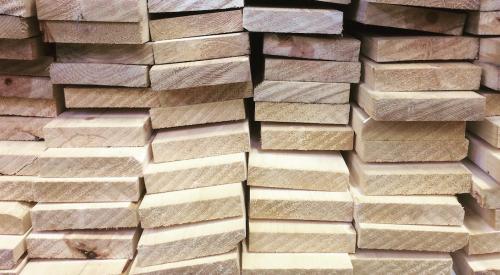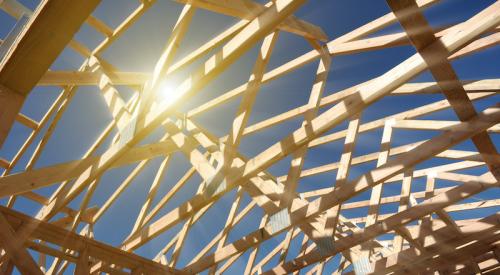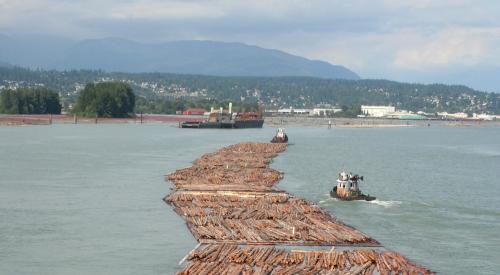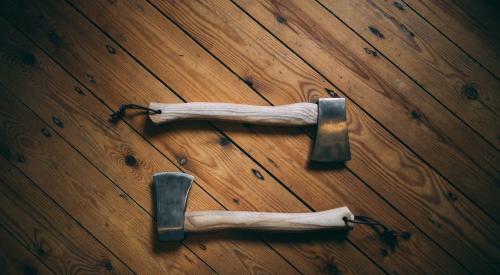Whether the 29% duties imposed by the Commerce Department on Canadian softwood lumber actually take effect depends on the view taken by the U.S. International Trade Commission in a ruling expected by mid-May.
If this quasi-judicial government agency agrees that Canada is unfairly subsidizing its exports to the injury of U.S. wood suppliers, the duties could take effect swiftly, much to the detriment of builders.
If the duties are imposed, prices for framing lumber would rise and eventually account for a $1,500 bump in the cost of constructing a typical home, the NAHB estimates.
Much of the argument made by home builders against the duties in ITC hearings held March 26 dealt with the short supply of U.S. timber suitable for framing. American southern yellow pine is used for floor joists and pressure-treated lumber, says NAHB vice president for economics Michael Carliner. Meanwhile, Quebec and British Columbia have an abundance of the types of lumber — spruce, pine and fir — needed for framing homes, builder Barry Rutenberg, chairman of the NAHB’s Building Materials Task Force, said in testimony before the ITC.
“Because the types of lumber imported from Canada are used for different structural uses, enacting unjust lumber trade barriers will not protect domestic producers,” Rutenberg explained to the panel. “For framing I look for spruce, pine or fir based on better performance. Without ready access to Canadian SPF, I would look very hard for al-ternatives such as steel, insulated concrete forms or masonry.”
